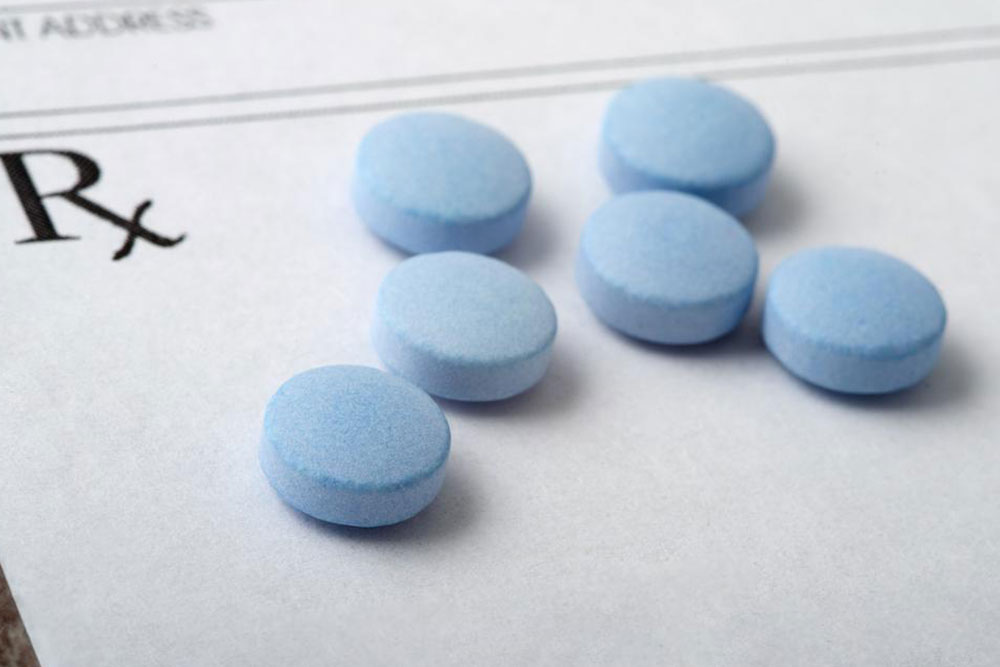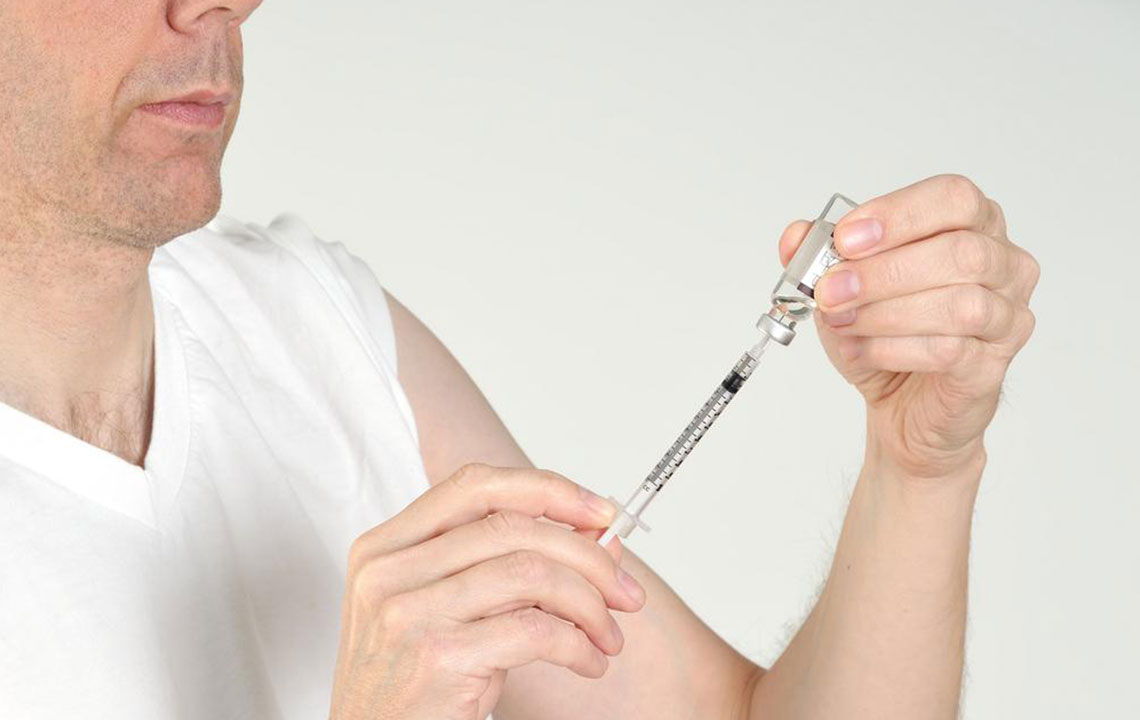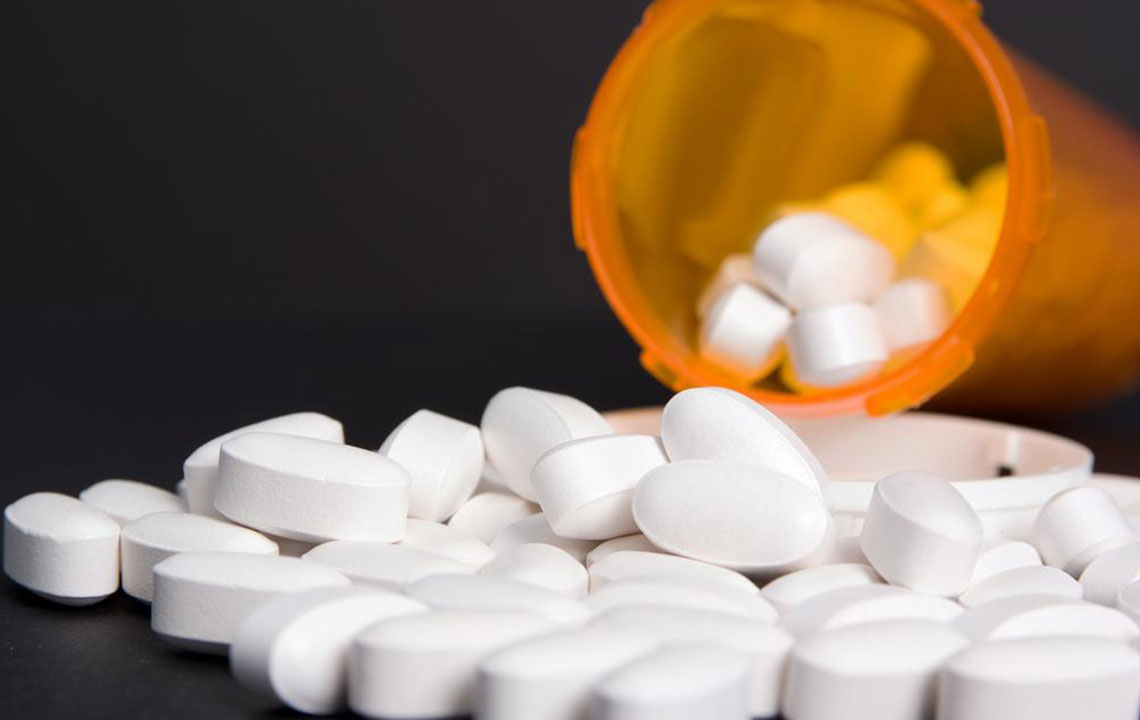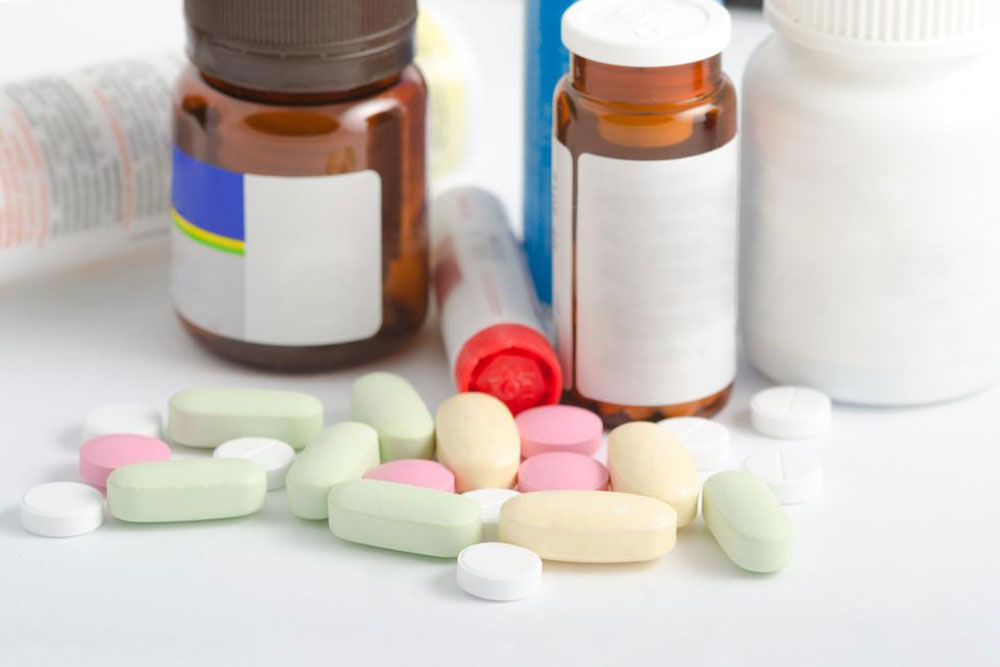Naloxone: Essential Medication for Overdose Emergency Response
Discover the critical role of naloxone in opioid overdose emergencies. This article explains its function, administration methods, safety precautions, and legal access options. Learn how naloxone can save lives when used promptly by emergency responders and the community, emphasizing safe handling and awareness of potential side effects. Essential reading for healthcare providers, first responders, and at-risk populations to promote overdose prevention and timely intervention.

What Is Naloxone and Why Is It Critical in Overdose Situations
Naloxone is a life-saving drug used to counteract opioid overdoses. Opioids like fentanyl, oxycodone, hydrocodone, tramadol, and heroin are potent pain relievers prescribed for severe conditions but pose risks of addiction and overdose if misused. When administered promptly, naloxone can reverse respiratory depression caused by opioid overdose, significantly increasing survival chances.
How Naloxone Works and Its Administration
Naloxone functions as an opioid antagonist, binding to receptors in the brain to block and displace opioids. It is commonly given via nasal spray or intramuscular injection by emergency responders, enabling rapid intervention. Depending on the formulation, the correct dosage varies, with some states making naloxone available over-the-counter for immediate access during emergencies.
Safety Tips and Possible Side Effects
Post-administration, patients should be monitored for at least two hours. While generally safe, naloxone may trigger withdrawal symptoms such as rapid heartbeat, nausea, sweating, vomiting, shivering, and blood pressure changes. These effects are typically temporary and manageable.
Note:
This overview provides essential information about naloxone and overdose response. It is intended for educational purposes and does not replace professional medical advice. Always seek guidance from healthcare professionals for treatment decisions. The site disclaims responsibility for any inaccuracies.


